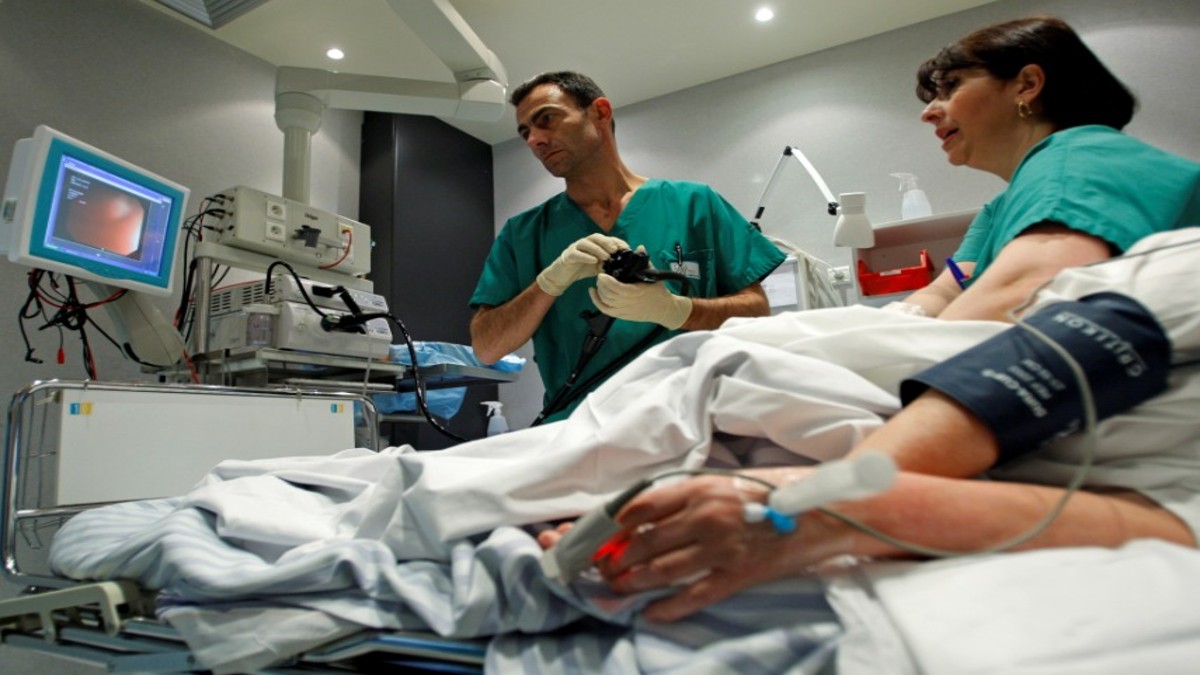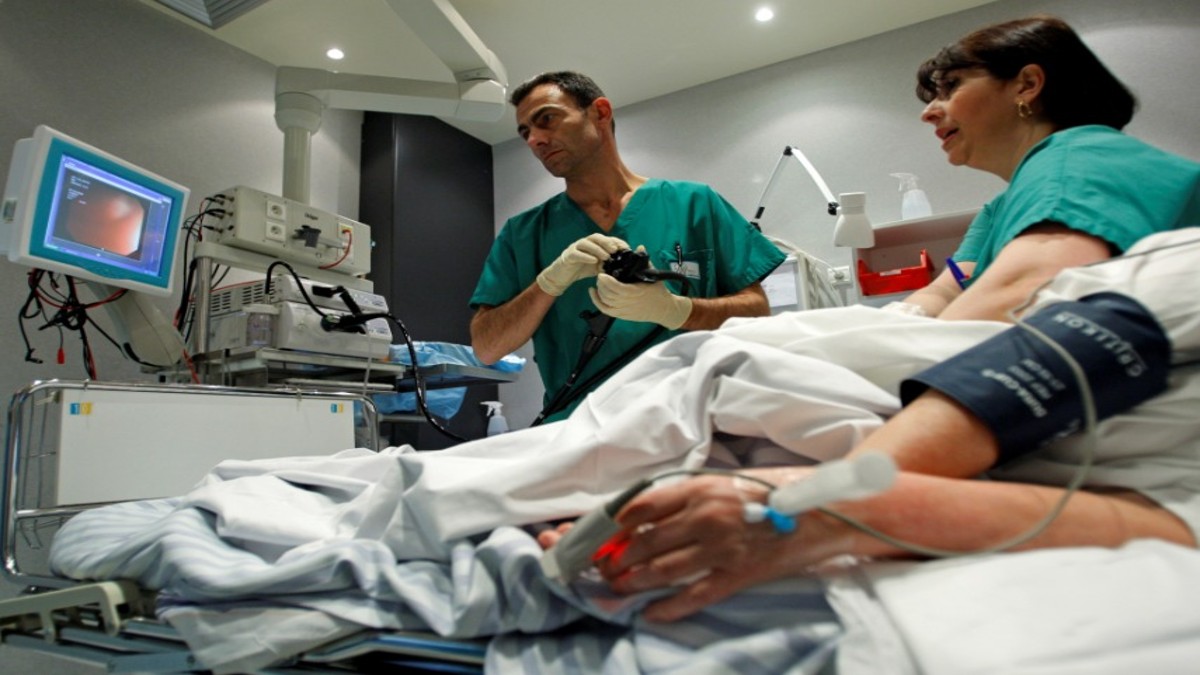A new kind of cancer therapy that engages the body’s immune system could be the next major breakthrough against the disease that makes the world bow in fear and kills millions every year. A study, published in Nature Immunology on 20 January, discusses a form of T-cell therapy that killed multiple cancer cell lines including melanoma, leukaemia, lung, colon, breast, prostate, bone and ovarian in lab tests using human cells. In tests conducted on mice, the therapy countered leukaemia and the treated mice lived longer than the ones who weren’t given the therapy. [caption id=“attachment_7335511” align=“alignleft” width=“380”]
Representational image. Image by PDPics from Pixabay[/caption] The researchers caution that the therapy is in its fledgeling stages and has not yet been tested on humans. The results so far, and the fact that they have broad applications, are encouraging and give us reason to be hopeful.
What is CAR-T therapy?
T-cells are a crucial part of our immune system that mounts an attack on invading infections by first identifying and then killing the agents that carry them. They specifically target malignant agents and leave healthy, beneficial cells unscathed. Scientists have been trying to adopt unconventional therapies to counter cancer and immunotherapy using T-cells is catching on. So far, Chimeric Antigen Receptor T-cell therapy (CAR-T) has had the most widespread use. In CAR-T, the body’s T-cells are modified to recognize and attack cancer cells. Here is a simplified version of the process:
- Extracting the T-cells: The patient is hooked to an apheresis machine which filters the blood and extracts T-cells from it. The blood is then returned to the body.
- T-cell modification: The antibody CAR is inserted into the DNA of the T-cell. This antibody is responsible for the immune response that targets specific types of cancer.
- Cell multiplication: The modified T-cells are allowed to multiply in a lab until they are in the millions and then frozen. The patient may be given chemotherapy while this part of the process takes place.
- Modified cell re-introduction: The modified cells are then pumped back into the bloodstream and act as ‘attacker’ cells by targeting the cancer cells in the body.
Broader application than previous therapies
The limitation of CAR-T is that it has only been useful in certain cancers such as non-Hodgkin’s lymphoma and certain types of blood cancer. Further, CAR-T relies on a T-cell receptor called human leukocyte antigen (HLA) which varies from person to person. This means that treatment needs to be tailored individually and HLA (which is what detects the cancer cells) only attacks certain types of cancers. To develop the new therapy, the researchers have discovered another T-cell receptor, using CRISPR technology, that does not vary between humans. The molecule is called MR1. This could mean that one-size-fits-all cancer immunotherapy may be possible in the future. The researchers intend to start human trials early this year. So far, little is known about how MR1 works at a molecular level, and how many types of cancer it can be effective against. Further research will shed light on what promises to be an exciting development in the fight against cancer. For more information, read our article on Cancer: Types, Symptoms, Prevention, Treatment_._ Health articles in Firstpost are written by myUpchar.com, India’s first and biggest resource for verified medical information. At myUpchar, researchers and journalists work with doctors to bring you information on all things health.


)
)
)
)
)
)
)
)
)



